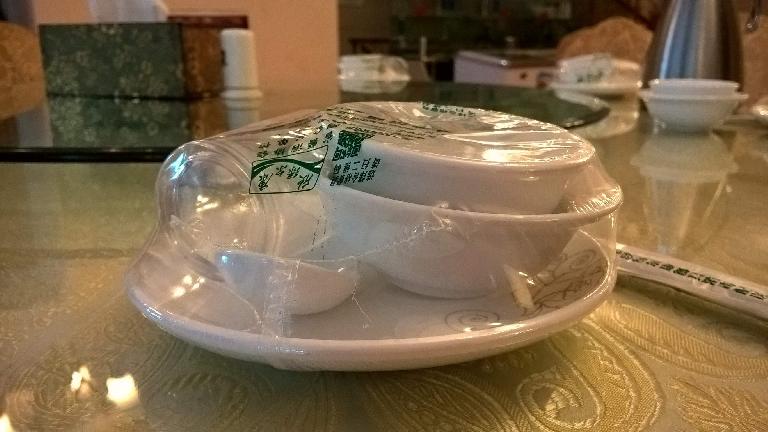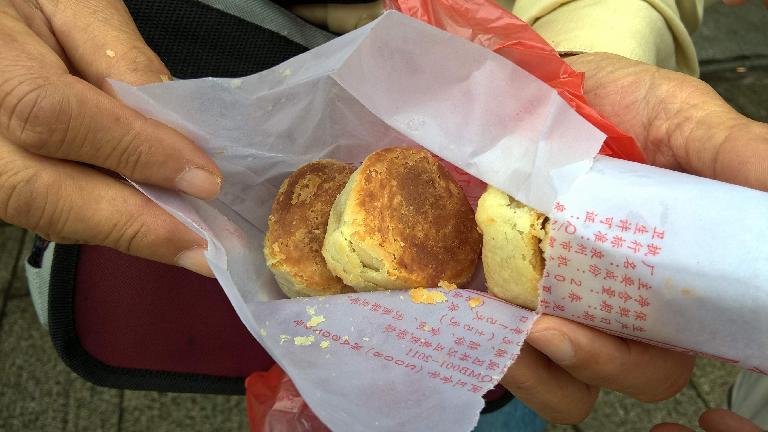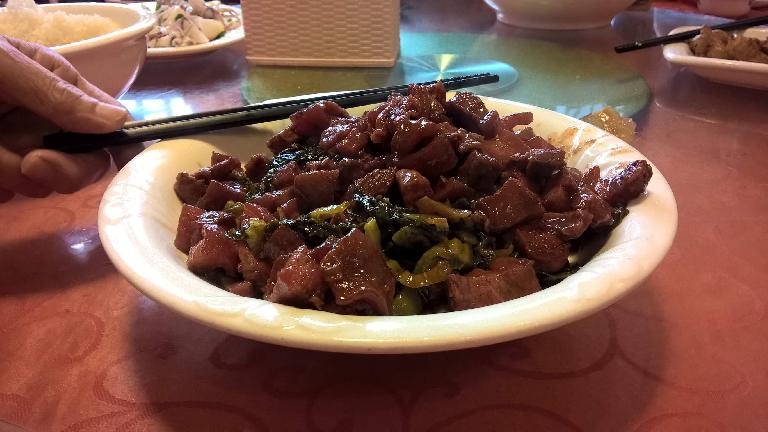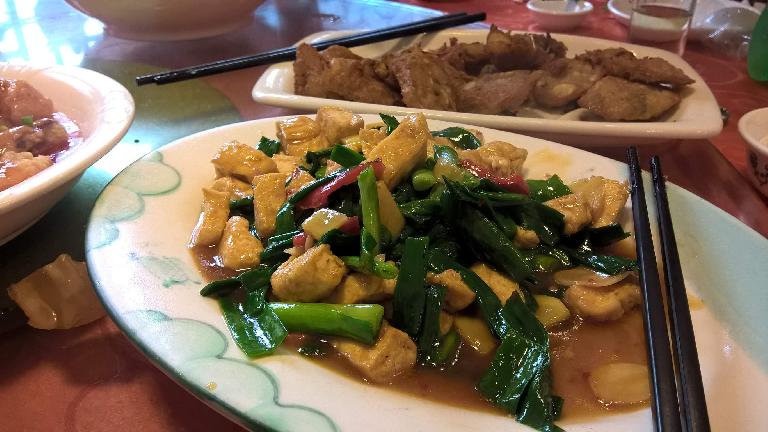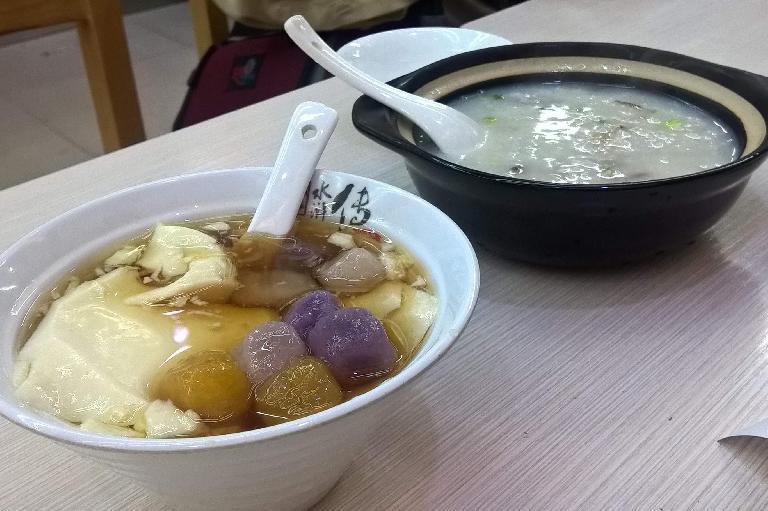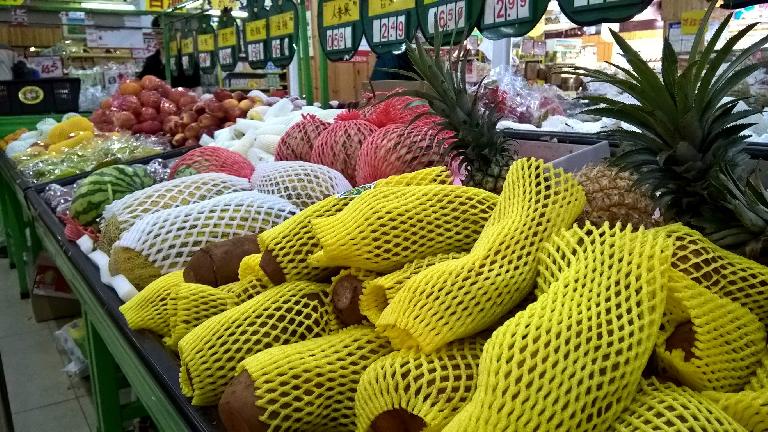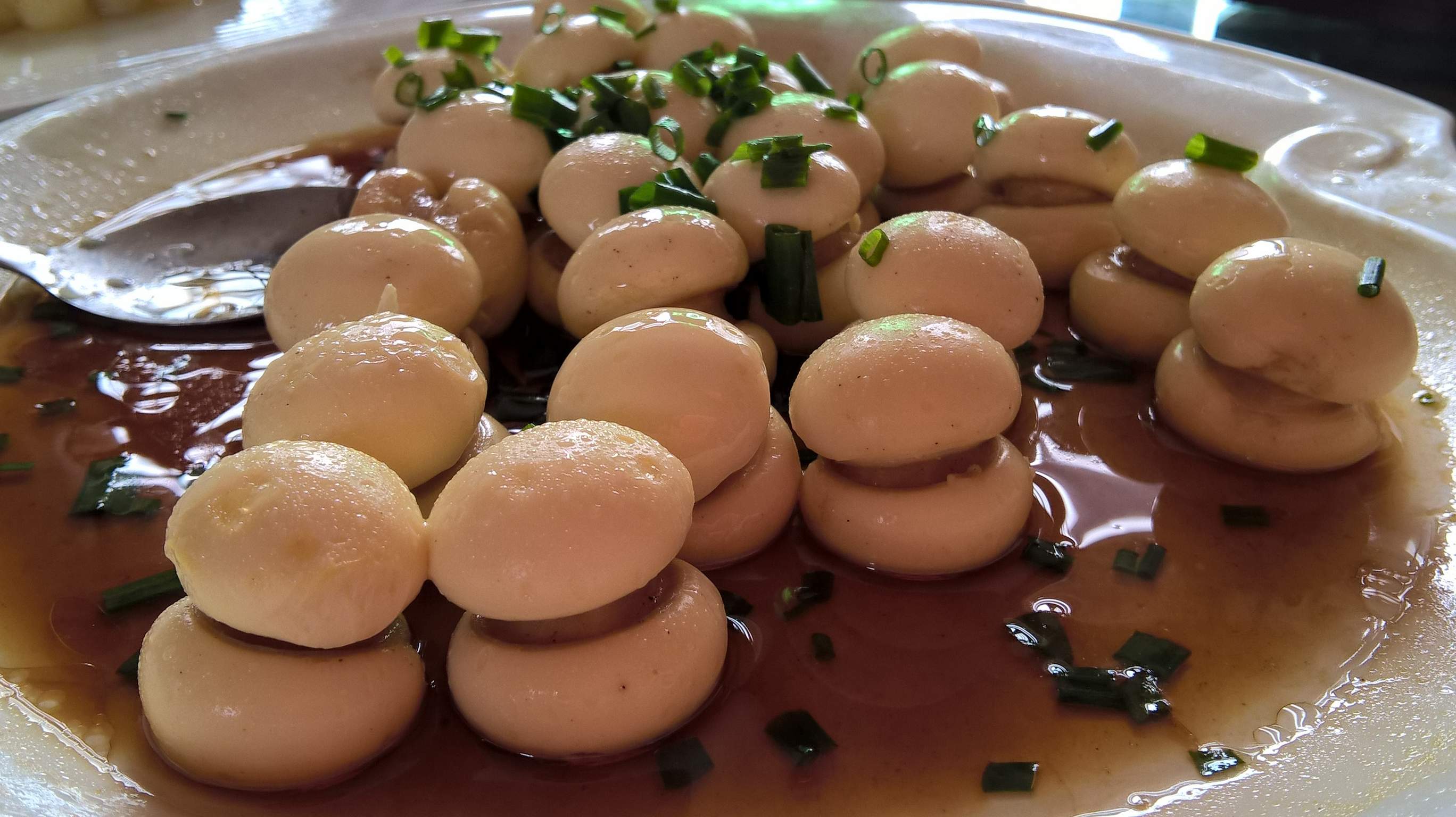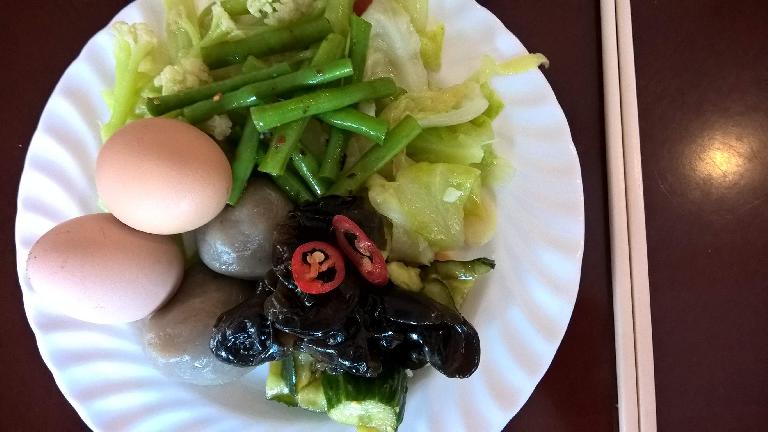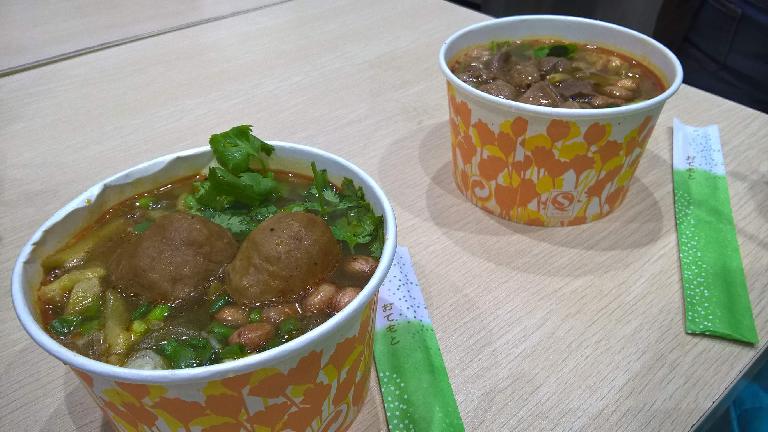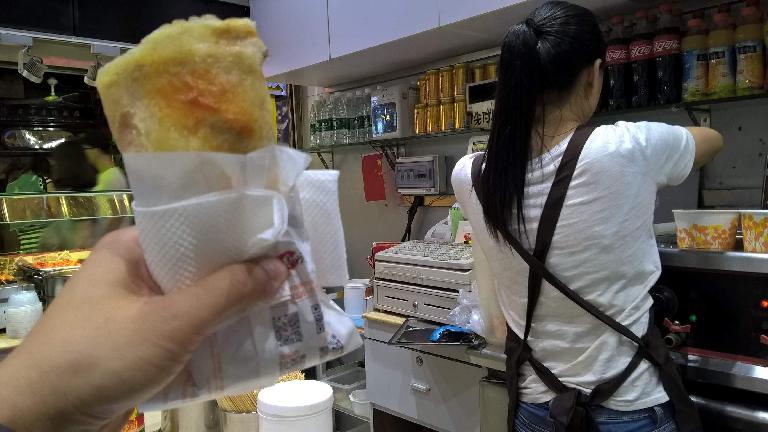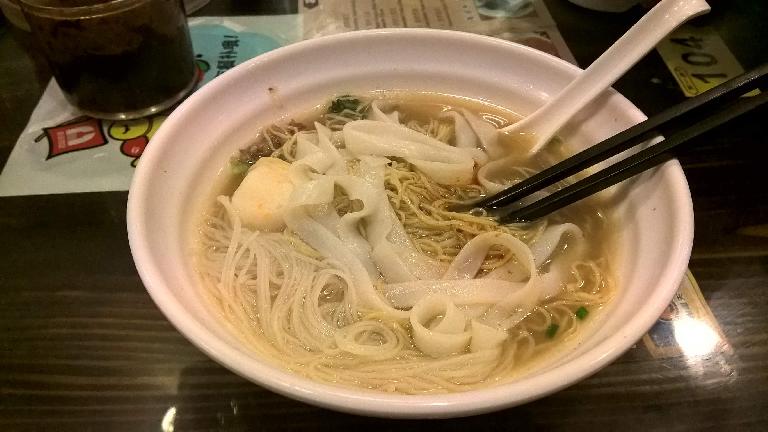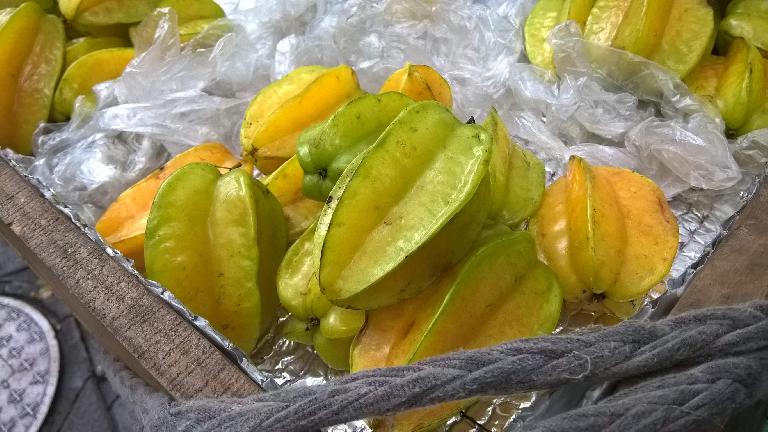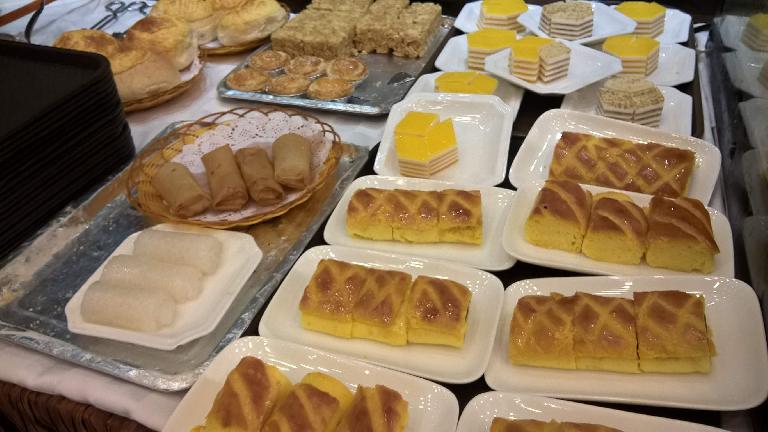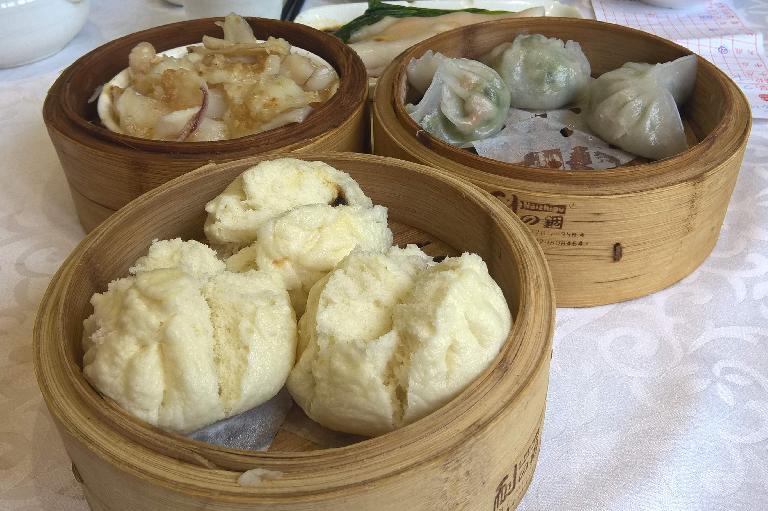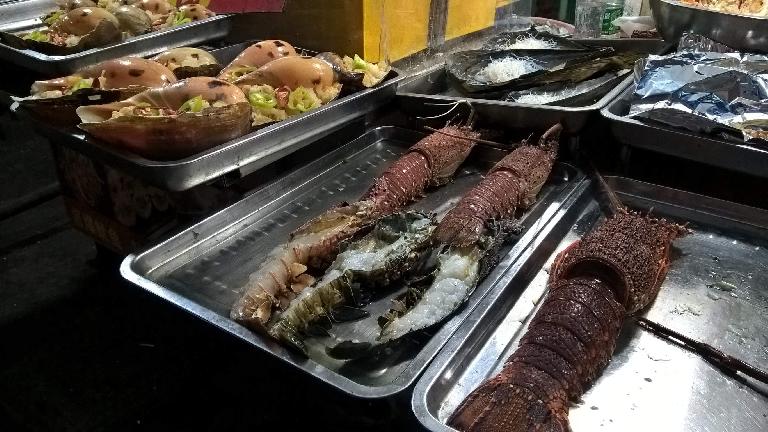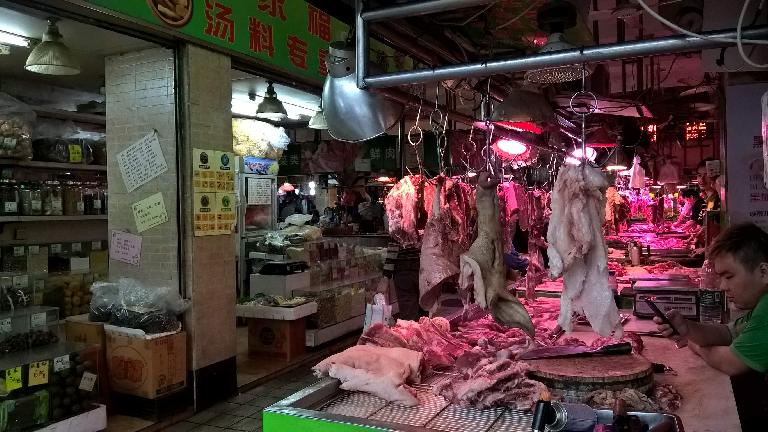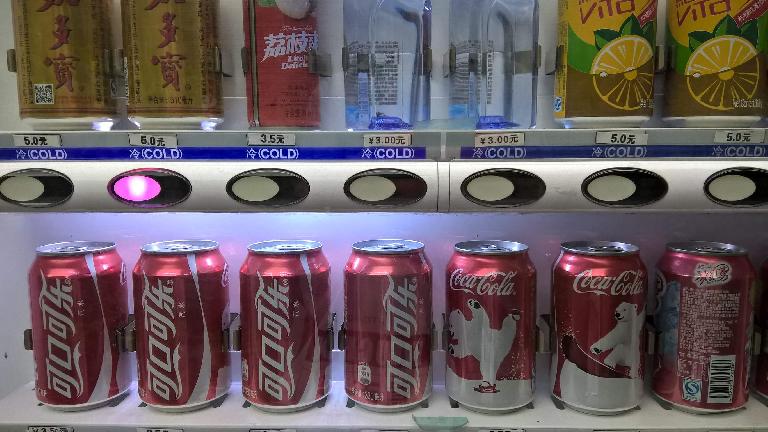Cantonese Food in China
This was my third trip to China, so this is a third installment of “food in China.” However, as I spent a good number of days in the Guangdong Province—of which Guangzhou (formerly known as Canton) is the largest city, I will focus more on Cantonese fare in this post.
Like Chinese food from other regions, Cantonese food seem to be rather Paleo-friendly with a lot of cooked meats and vegetables, fish and rice. When served family style, there are a lot of courses.
Cantonese meals are a bit distinct in the following ways, however:
- While sitting in a restaurant and before eating, many Cantonese rinse their plates, bowls, spoons and chopsticks using hot tea provided at the table. Waiters and waitresses often provide a rinse bowl for this purpose, or will bring one when asked. Personally I felt like this was overkill and signals no confidence in the cleanliness or trustworthiness of the restaurant, but perhaps this ritual was (or still is) absolutely necessary from a hygienic point of view. Municipal water in China, like most developing countries, is still not considered totally safe for consumption without filtering or boiling.
- Some restaurants will actually provide plates, bowls, and spoons shrink-wrapped all together in clear plastic as a sign of sterility. It was a bit odd having to tear or pop open the plastic to uncover these items before eating. I could also imagine Bea Johnson of the Zero Waste Home being mortified at the sight of all this seemingly needless plastic garbage being generated.
- Unlike, say, Sichuan food, Cantonese food is not spicy at all. I love capsaicin and the sensation of heat it provides. Hence I was longing for hot sauce that is almost always available in a jar or container on the side of any Asian restaurant in the U.S., but was rarely provided in restaurants in southern China. This may be because in Chinese society, it is assumed that perfectly prepared food needs no condiments to be best appreciated.
- The Cantonese are particularly famous for dim sum, or bite-sized portions of food traditionally served in small steamer baskets or on small plates like Spanish tapas. Examples of dim sum include dumplings and buns filled with meat or seafood, platters of fried tofu or a rooty vegetable like taro, cooked vegetables like mustard greens, and even chicken feet.
- After dinner is finished, toothpicks are provided and lots of Cantonese people will engage in a ritual of picking their teeth right at the table, albeit while covering their mouths. To residents of the U.S. where using toothpicks to clean teeth at a dinner table is considered poor etiquette—almost as offensive as talking with a mouth full of food—this can be an awkward, embarrassing sight. Like the whole hot tea rinsing concept, it seems to shout, “Look, everyone, at how hygienic I am!” But it’s a culture difference and I suppose toothpick picking is preferable to showing off large specs of food between your teeth in any society.
Like all Chinese food, Cantonese food is typically eaten with chopsticks, a small rice bowl, and if you’re lucky, a small plate. It seems acceptable in China to grab some of the shared food (using the communal chopsticks that are hopefully provided) and dump it into your rice bowl, then pick up the rice bowl and shovel food into your mouth using your chopsticks. Even veteran chopstick users can have a hard time picking up oily sliced vegetables or rice with the given utensils, so at times such shoveling is actually necessary.
Regarding the restaurants themselves, several of them would turn off the lights in the middle of the afternoon when there were no customers to save on electricity costs, but turn them back on if a customer came in to eat. So sometimes during the afternoon, you wouldn’t know if the restaurant is open or closed unless you walk in and talk to an employee, who may or may not be napping.
For more information about customs and etiquette in Chinese dining, see this Wikipedia article.
